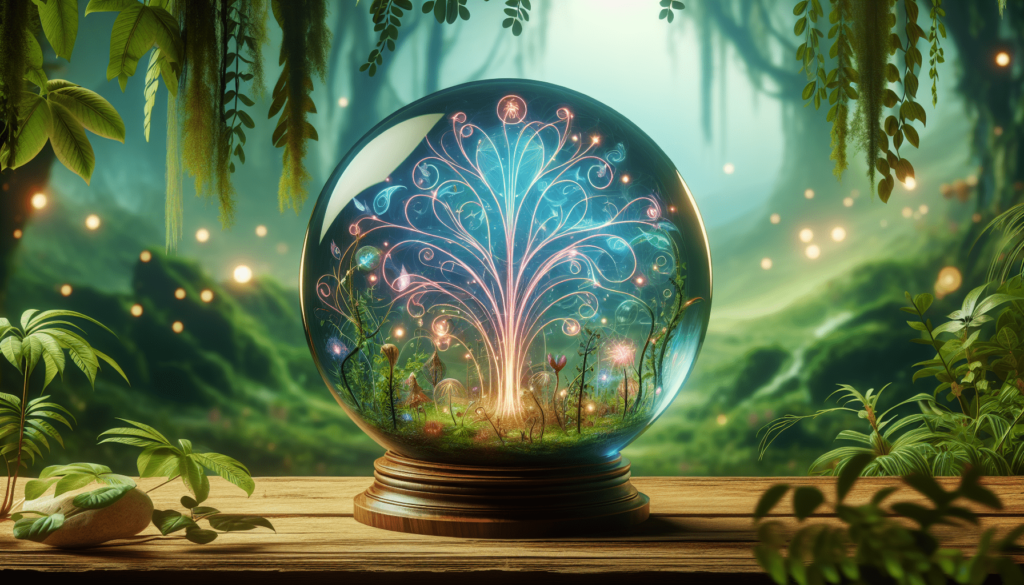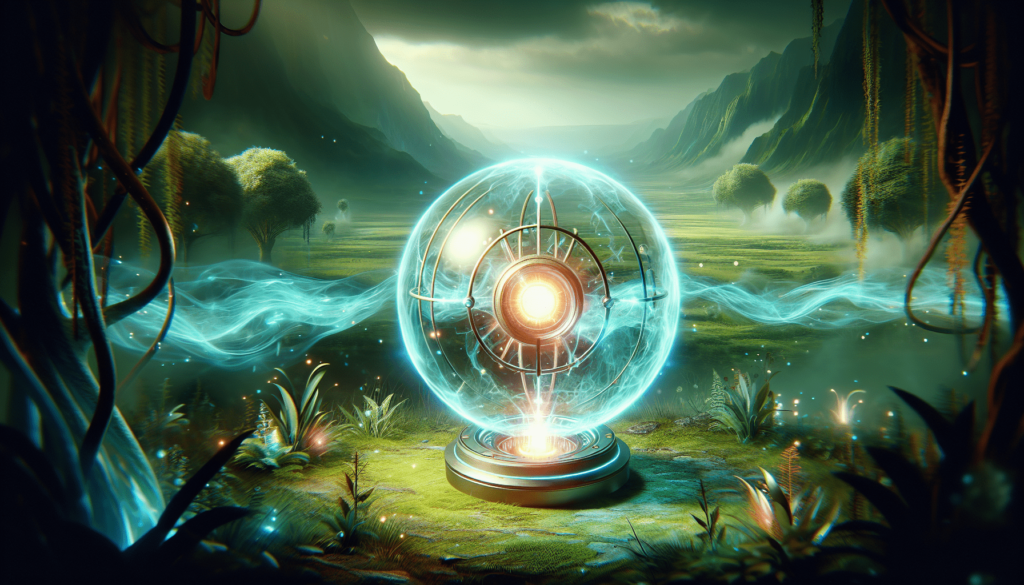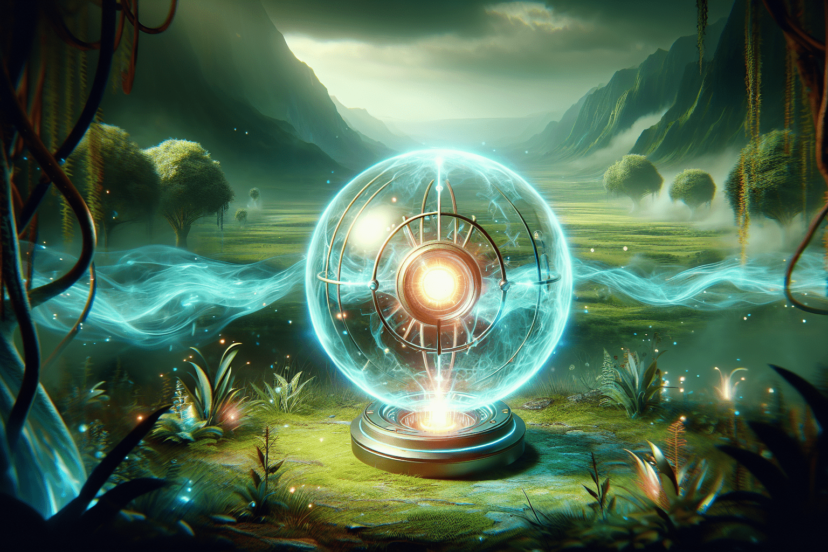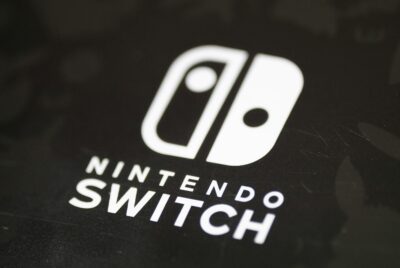Pokemon List
Are we ready to embark on a fascinating journey through the incredible world of Pokémon? The Pokémon universe is vast and filled with delightful creatures, each with unique characteristics and abilities. In this article, we’ll take a closer look at some of these fantastic beings. Let’s dive straight into our Pokémon List!
Understanding Pokémon
Before we delve into the list of Pokémon, it’s important we grasp the essence of what Pokémon are. Pokémon, short for “Pocket Monsters,” are fictional creatures that inhabit the Pokémon world. Each Pokémon falls into one or more types, such as Water, Fire, Grass, and Electric, which determine their strengths and weaknesses. These creatures can evolve, learn new moves, and battle each other.
The Origins of Pokémon
Our beloved Pokémon originated from a video game series developed by Game Freak and published by Nintendo and The Pokémon Company. Creators Satoshi Tajiri and Ken Sugimori introduced us to a universe where players, known as Trainers, catch and train these creatures to battle. The franchise has since expanded into various media, including anime, manga, trading cards, and merchandise.
The Types of Pokémon
Pokémon types play a critical role in battles, defining which moves are effective against others. Here’s a brief overview of the primary types:
| Type | Strong Against | Weak Against |
|---|---|---|
| Fire | Grass, Bug | Water, Rock |
| Water | Fire, Rock | Electric, Grass |
| Grass | Water, Rock | Fire, Bug |
| Electric | Water, Flying | Ground |
| Rock | Fire, Ice | Water, Grass |
Knowing these types and their interactions helps us strategize and win battles against other Trainers. It’s the essence of the Pokémon gameplay experience.
The Generations of Pokémon
The Pokémon series is divided into different generations. Each generation introduces new Pokémon, regions, and gameplay mechanics. Let’s explore each generation and highlight some notable Pokémon from each.
First Generation: Kanto Region
The first generation, known as the Kanto Region, introduced us to the original 151 Pokémon. These include iconic characters like Pikachu and Charizard.
Notable Pokémon from Kanto:
- Bulbasaur: A dual-type Grass/Poison Pokémon, Bulbasaur evolves into Ivysaur and then Venusaur.
- Charmander: A Fire-type starter Pokémon that evolves into Charmeleon and then Charizard.
- Squirtle: A Water-type Pokémon that evolves into Wartortle and then Blastoise.
Second Generation: Johto Region
The Johto Region brought 100 new Pokémon, enriching the gameplay with new creatures and mechanics.
Notable Pokémon from Johto:
- Chikorita: A Grass-type starter Pokémon that evolves into Bayleef and then Meganium.
- Cyndaquil: A Fire-type starter Pokémon evolving into Quilava and then Typhlosion.
- Totodile: This Water-type starter evolves into Croconaw and eventually Feraligatr.
Third Generation: Hoenn Region
In the Hoenn Region, we were introduced to 135 new Pokémon, adding even more depth to our adventures.
Notable Pokémon from Hoenn:
- Treecko: A Grass-type that evolves into Grovyle and then Sceptile.
- Torchic: A Fire-type Pokémon evolving into Combusken and then Blaziken.
- Mudkip: A Water-type starter Pokémon evolving into Marshtomp and then Swampert.
Fourth Generation: Sinnoh Region
The Sinnoh Region added 107 new species to the Pokémon universe, along with new evolutions for existing Pokémon.
Notable Pokémon from Sinnoh:
- Turtwig: A Grass-type that evolves into Grotle and then Torterra.
- Chimchar: A Fire-type starter evolving into Monferno and then Infernape.
- Piplup: This Water-type evolves into Prinplup and then Empoleon.
Fifth Generation: Unova Region
With the Unova Region, we saw the addition of 156 new Pokémon, making it one of the most expansive generations.
Notable Pokémon from Unova:
- Snivy: A Grass-type Pokémon evolving into Servine and then Serperior.
- Tepig: This Fire-type evolves into Pignite and then Emboar.
- Oshawott: A Water-type starter Pokémon evolving into Dewott and then Samurott.
Sixth Generation: Kalos Region
Kalos Region introduced 72 new Pokémon and was the first to include the fairy type, balancing the dragon type’s dominance.
Notable Pokémon from Kalos:
- Chespin: A Grass-type starter Pokémon evolving into Quilladin and then Chesnaught.
- Fennekin: This Fire-type evolves into Braixen and then Delphox.
- Froakie: A Water-type starter Pokémon evolving into Frogadier and then Greninja.
Seventh Generation: Alola Region
The Alola Region added 88 new Pokémon and introduced Alolan forms—regional variants of existing Pokémon.
Notable Pokémon from Alola:
- Rowlet: A Grass/Flying type Pokémon evolving into Dartrix and then Decidueye.
- Litten: A Fire-type starter evolving into Torracat and then Incineroar.
- Popplio: This Water-type starter evolves into Brionne and then Primarina.
Eighth Generation: Galar Region
The Galar Region introduced 89 new Pokémon, along with the Dynamax and Gigantamax mechanics.
Notable Pokémon from Galar:
- Grookey: A Grass-type starter evolving into Thwackey and then Rillaboom.
- Scorbunny: This Fire-type evolves into Raboot and then Cinderace.
- Sobble: A Water-type starter Pokémon evolving into Drizzile and then Inteleon.

Legendary and Mythical Pokémon
No Pokémon list would be complete without mentioning some of the most powerful and rare Pokémon: the Legendary and Mythical ones.
Legendary Pokémon
Legendary Pokémon are usually one-of-a-kind, extremely powerful, and are often tied to the lore of Pokémon regions.
Examples of Legendary Pokémon:
- Mewtwo (Kanto): A Psychic-type created from the DNA of Mew.
- Lugia (Johto): A Psychic/Flying type, it resides in the sea.
- Rayquaza (Hoenn): A Dragon/Flying type legendary.
Mythical Pokémon
Mythical Pokémon are rarer than legendary Pokémon and are usually obtainable only through special events.
Examples of Mythical Pokémon:
- Mew: The origin of all Pokémon DNA.
- Celebi: Known for its time-traveling abilities.
- Jirachi: Can grant wishes when it wakes up from its millennial slumber.
Evolution: Magnificent Transformations
One of the cornerstone mechanics of the Pokémon series is evolution, the process through which Pokémon transform into more powerful versions of themselves. This transformation can significantly alter their stats, appearance, and abilities.
Methods of Evolution
There are several ways Pokémon evolve, and understanding these can give us an edge in battles.
- Leveling Up: Most Pokémon evolve when they reach a certain level.
- Using Evolution Stones: Some require special stones to evolve, such as Fire Stones or Water Stones.
- Trading: Certain Pokémon evolve when traded between players.
- Friendship: A few Pokémon evolve when they have high friendship levels with their Trainer.
Evolution Examples
Here’s a table showcasing some classic evolutions:
| Base Pokémon | Evolution | Method |
|---|---|---|
| Pikachu | Raichu | Use a Thunder Stone |
| Eevee | Multiple Forms | Various methods (Stones, Friendship, Time of Day) |
| Machop | Machamp | Trade |

Making the Most of Pokémon Battles
Understanding the basics is crucial, but mastering Pokémon battles requires a well-thought-out strategy. We need to consider various factors, like type advantages, opponent’s weaknesses, and timing.
Building a Balanced Team
A balanced team features Pokémon of varied types, ensuring we can handle any opponent. Ideally, we have a mix that can counter common threats across different battles.
Move Selection
A Pokémon’s move set drastically impacts its effectiveness in battle. We should focus on diversity and versatility when choosing moves.
Move Types:
- Offensive Moves: Designed to damage the opponent.
- Defensive Moves: Used to protect our Pokémon or wear down the opponent.
- Status Moves: Can inflict conditions like poison, paralysis, or sleep.
Battle Tactics
Implementing effective battle tactics is as important as having a strong team.
- Switching Pokémon: Swapping Pokémon during battle can help us exploit type advantages.
- Using Items: Potions, Revives, and other items can turn the tide.
- Predicting Opponent Moves: Anticipating what the opponent will do next can give us a significant edge.
Training and Breeding
For those looking to perfect their team, training and breeding Pokémon is a game-changer.
Effort Values (EVs): Training Pokémon against certain foes increases their EVs, impacting their stats, like attack and speed.
Individual Values (IVs): IVs are innate stats each Pokémon possesses. Breeding allows us to pass on desirable IVs, creating stronger offspring.
Incorporating these tactics ensures our Pokémon are well-rounded, versatile, and ready for any challenge.
Regional Variants and Forms
One fascinating aspect is Pokémon that have different forms or regional variants, adding further diversity to our team.
Alolan Forms
The Alola Region introduced us to Alolan forms, where existing Pokémon adapted uniquely to their environment.
Examples:
- Alolan Vulpix: An Ice-type variant of the usual Fire-type Vulpix.
- Alolan Exeggutor: A Grass/Dragon type, unlike its original Grass/Psychic type.
Galarian Forms
The Galar Region followed suit with Galarian forms, introducing new spins on familiar faces.
Examples:
- Galarian Meowth: A Steel-type, differing from its standard Normal-type.
- Galarian Rapidash: Changed from Fire-type to Psychic/Fairy type.
Gigantamax Forms
During certain battles, our Pokémon can change into gigantic versions of themselves, drastically altering their appearance and providing immense battle boosts.
Examples:
- Gigantamax Charizard: Even more powerful with altered moves and stats.
- Gigantamax Pikachu: Gains increased HP and new abilities.

Pokémon Habitats: A Diverse World
Pokémon can be found in various habitats, each offering unique creatures adapted to their environment. Understanding these habitats can aid us in completing our Pokédex.
Grasslands and Forests
Many Grass, Bug, and Normal-type Pokémon are found in these lush environments. We’re likely to encounter Pokémon like Caterpie, Oddish, and Pidgey in these areas.
Mountains and Caves
Rock, Ground, and many Dragon-type Pokémon dwell in mountainous areas. Here, we may find Geodude, Onix, or Larvitar.
Water Bodies
Water Pokémon thrive in aquatic environments like lakes, rivers, and oceans. Expect to encounter Magikarp, Tentacool, and Lapras in these locations.
Urban Areas
Cities and human-made environments are home to various Pokémon, including Electric types like Magnemite and Porygon.
Special Events and In-Game Content
The Pokémon games are rich with special events, side quests, and in-game content that keep us engaged. Participating in these events can yield rare Pokémon, items, and other rewards.
Community Days
Community Days in Pokémon Go offer excellent opportunities to catch specific Pokémon with exclusive moves. Participating can boost our collection and battle capabilities.
Legendary Raids
Raids enable us to battle and capture legendary Pokémon with friends. These events are perfect for getting powerful Pokémon and honing our battle skills.
Competitive Battling
For those of us seeking to test our mettle, competitive battling provides a venue to challenge Trainers worldwide.
Battle Formats
Competitive battles come in various formats including single, double, and special battles. Each format has its own strategies and requirements, making for diverse gameplay experiences.
Training for the Competitive Scene
To thrive in competitive battling, extensive training and strategic team-building are essential. We should focus on maximizing EVs and IVs, honing movesets, and understanding meta-game strategies.
Competitions and Championships
Numerous tournaments and championships, like the Pokémon World Championships, allow Trainers to showcase their skills on a global stage.
Conclusion
The world of Pokémon is a complex and enthralling universe filled with intricate details, from the diverse generations to specific habitats and battle strategies. Whether we are casual players or seasoned Trainers, there’s always something new to learn and explore. So let’s continue our journey through the Pokémon universe, catching ’em all and nailing those battles. Happy training, everyone!







